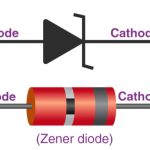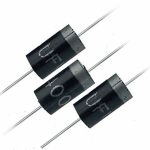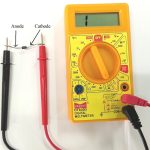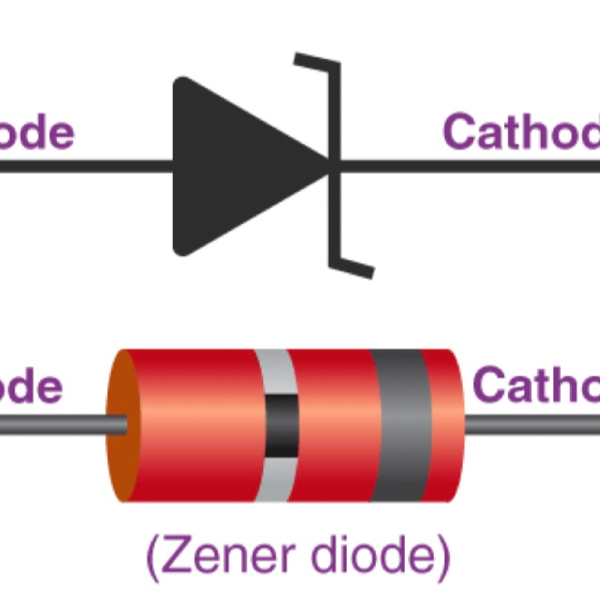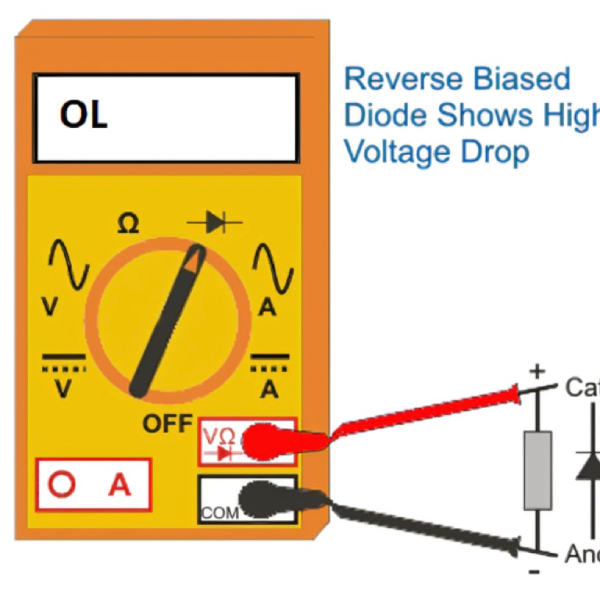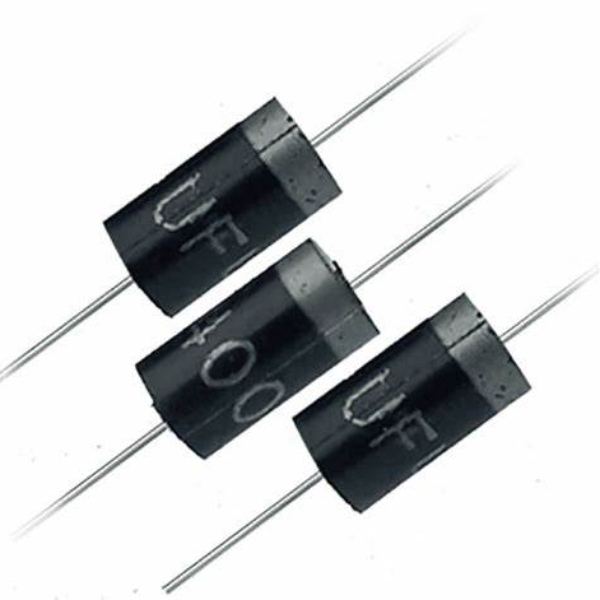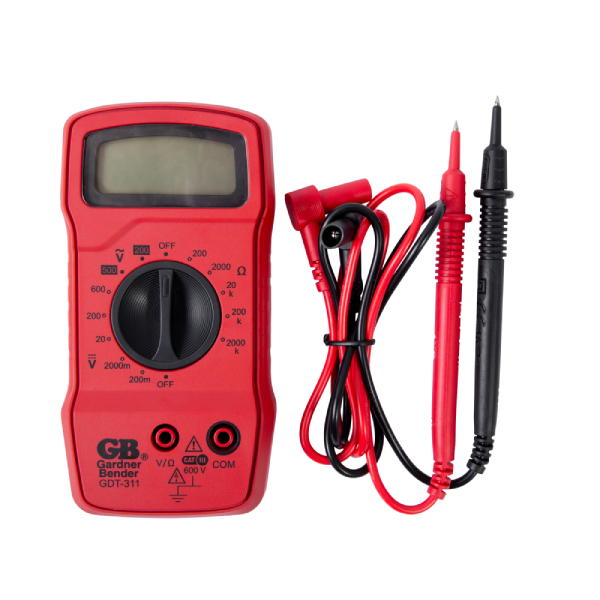 Introduction:
Introduction:
A ballast resistor is an electrical component that plays a crucial role in various circuits, particularly in automotive and lighting systems. While its name may be unfamiliar to many, understanding the purpose and function of a ballast resistor is essential in comprehending how certain systems operate and how to troubleshoot related issues. In this comprehensive article, we will explore the definition, purpose, and function of a ballast resistor. From its role in ignition systems to its applications in lighting, you will gain valuable insights into this vital electrical component.
Definition and Basics
Definition:
A resistor is a passive electrical component that regulates the flow of current in a circuit.
It is typically a resistor made of a special material, designed to provide resistance and control current levels.
Electrical Resistance:
Resistance is the capacity of a material to impede the flow of electric current.
The unit of resistance is the ohm (Ω), and it determines the amount of current passing through a circuit.
 The working purpose of a ballast resistor
The working purpose of a ballast resistor
The working principle of a ballast resistor can be explained in the following points:
Current Limitation:
The primary function of a resistor is to limit the amount of current flowing through a circuit, specifically in ignition systems that use coils. It introduces resistance in the circuit, restricting the flow of current, and subsequently limiting the voltage output.
Voltage Regulation:
By limiting the current, the ballast resistor helps regulate the voltage across the ignition coil. This is important because the ignition coil operates most efficiently at a lower voltage than the battery voltage. The resistor ensures that the coil receives the appropriate voltage for proper ignition without overheating.
Start-up Bypass:
During engine start-up, when the ignition switch is turned to the start position, the ballast resistor is bypassed. This is done to provide a stronger spark at the spark plugs, compensating for the lower battery voltage during cranking. Bypassing the resistor ensures a reliable ignition spark during the starting process.
Normal Operation:
Once the engine is running and the ignition switch is released from the start position, the ballast resistor is reconnected in the circuit. This restores the resistance and reduces the voltage supplied to the ignition coil. This controlled voltage helps regulate the coil’s temperature and prevents excessive wear or damage.
Protection and Efficiency:
The ballast resistor protects the ignition coil by preventing it from overheating due to excessive voltage. By maintaining the coil’s temperature within a safe range, it prolongs the lifespan and ensures efficient performance of the ignition system.
In summary, a ballast resistor works by limiting current flow and regulating voltage in ignition systems. It ensures a reliable and properly regulated voltage supply to the ignition coil, protecting it from overheating and ensuring efficient ignition performance.
 Ignition Systems
Ignition Systems
Ignition System Overview:
The ignition system in an internal combustion engine is responsible for igniting the air and fuel mixture inside the combustion chamber.
It consists of various components, including the ignition coil, distributor, spark plugs, and in some cases, a ballast resistor.
Purpose of a Ballast Resistor in Ignition Systems:
In older vehicles with points ignition systems, a ballast resistor is used to regulate and reduce the voltage supplied to the ignition coil.
This helps prevent the ignition coil from overheating and extends its lifespan.
Lighting Applications
Fluorescent Lighting:
Fluorescent lighting fixtures use ballast resistors to provide the right amount of electrical current to the fluorescent tube.
Ballast resistors work in conjunction with other components in the ballast circuit to create the necessary conditions for fluorescent light to emit.
LED Lighting:
In certain LED lighting systems, a ballast resistor may be used to control the current flowing through the LED.
This resistor helps optimize the performance and longevity of the LED, ensuring effective illumination.
 Here is a step-by-step guide on how to test a ballast resistor:
Here is a step-by-step guide on how to test a ballast resistor:
Testing a ballast resistor typically involves the use of a multimeter. Here is a step-by-step guide on how to test a ballast resistor:
Ensure Safety:
Before testing the ballast resistor, turn off the power supply to the circuit or disconnect the battery to prevent any electrical shock or damage.
Set the Multimeter:
Set your multimeter to the resistance (ohms) mode. If your multimeter has multiple resistance ranges, choose an appropriate range higher than the expected resistance of the ballast resistor.
Identify the Ballast Resistor:
Locate the ballast resistor in the circuit. It is often a rectangular or cylindrical-shaped component connected in series with the component or device it regulates, such as an ignition coil.
Disconnect Wires:
Disconnect any wires connected to the ballast resistor. Take note of their original positions or label them to ensure correct reconnection later.
Measure Resistance:
Place the multimeter probes on both ends of the ballast resistor. The order of probe placement does not matter for a resistor since it is non-polarized. Read and record the resistance value displayed on the multimeter.
Compare with Expected Resistance:
Consult your vehicle’s manual or the specifications for the specific ballast resistor to determine the expected resistance value. Compare the measured resistance with the expected value. If the measured resistance is significantly higher or lower, it may indicate a malfunctioning ballast resistor that needs replacement.
Reconnect Wires:
Once testing is complete, reconnect the wires to their original positions on the ballast resistor.
It’s important to note that resistors are typically used in older vehicles with ignition systems that require them. Newer vehicles may not have resistors, as electronic ignition systems have replaced them. Always refer to the vehicle’s manual or consult a professional technician for specific guidance on testing a ballast resistor in your particular vehicle.
Troubleshooting and Maintenance
Ballast Resistor Failure:
Over time, resistors may degrade or fail due to constant exposure to heat, electrical stress, or other factors.
Symptoms of a failed resistor may include issues with ignition timing, dim or flickering lights, or inconsistent electrical performance.
Testing and Replacement:
When troubleshooting a faulty ballast resistor, it is important to use appropriate testing equipment or consult a professional to determine if the resistor is functioning correctly.
If a ballast resistor is found to be faulty, replacement with a suitable replacement component is necessary.
 Conclusion:
Conclusion:
A ballast resistor is a critical component in certain electrical systems, providing resistance and controlling current levels. Whether in automotive ignition systems or lighting applications, understanding the purpose and function of a ballast resistor is essential. From its role in regulating ignition coil voltage to controlling current flow in lighting fixtures, the ballast resistor allows for proper operation and optimal performance. Additionally, being aware of common issues and troubleshooting methods related to ballast resistors ensures the longevity and reliability of electrical systems. By grasping the basics of ballast resistors, you can gain a deeper understanding of electrical circuits and maintain the proper functionality of related systems.
